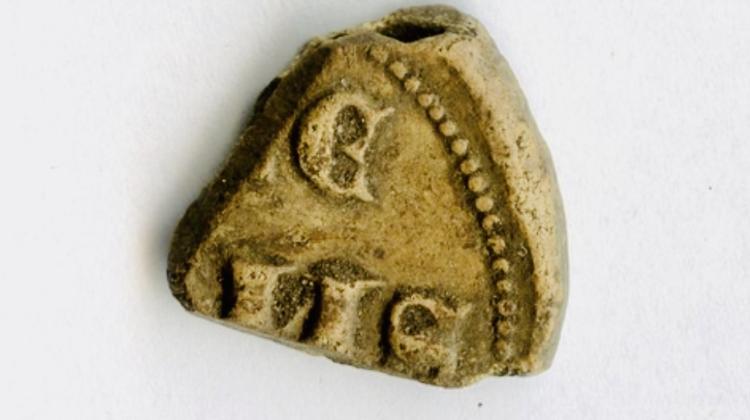Celtic pottery kiln over 2,000 years old found in Silesia
Several hundred fragments of ceramic vessels used by the Celts over 2,000 years ago have been discovered in Silesia in a well-preserved pottery kiln.
The kiln belonged to one of the last of the Celtic groups in what is now Poland who scientists believe emigrated south in the second half of the 2nd century BC.
The Celts lived from ca. 400 to ca. 120 BC in the lands of today's southern Poland in Lower Silesia near Wrocław, in Małopolska near Kraków and in Podkarpacie, and on the Głubczyce plateau.
Lead researcher Dr. Przemysław Dulęba from the Institute of Archaeology of the University of Wrocław told PAP: “The kiln consists of two chambers. Even a clay plate with holes, on which the fired vessels were placed, has survived to our times.”
“This will allow us to carry out various analyses of production methods; it is a real treasure trove of knowledge on this subject.”
Almost all the vessels found in the area were made on a wheel. Until the arrival of the Celts in the territories of present-day Poland, this advanced technology of pottery production was unknown. The vessels are thin-walled, shiny and very carefully made. Some of them have an admixture of graphite, which made them resistant to high temperatures and acids.
Dr. Dulęba said: “In the relics of huts in another part of this Celtic settlement, we also found hand-made ceramic vessels, which were used every day. The ones extracted from the kiln were of much better quality. They were intended for use during more important events and probably served as so-called table ceramics. They were also placed in the graves of the deceased.”
According to the researchers, the kiln in Samborowice was operated by a highly specialized craftsman and the vessels were produced not only for its inhabitants, but also for other nearby settlements of Celts.
It is thought that the kiln was used by some of the last Celtic settlers in today's Polish lands. Around 120 BC, they went south together with the representatives of the Germanic tribes - the Cimbri and the Teutons.
The research in Samborowice is part of a larger research project by Dr. Dulęba, whose aim is to trace ancient, long-distance trade routes. The researcher believes that the amber route leading from the Baltic Sea to Italy in the Roman period in the first centuries of our era was nothing new. It was to some extent 'inherited' from the Celts.
Scientists consider the Celts to be innovators. They introduced a number of solutions in the Polish lands, including the knowledge of turning vessels on a wheel and advanced metallurgy. They were the first to shoe horses, they popularised the saddle and created the first chain mail. The first gold and silver coins found in the present-day Polish lands were also left by the Celts.
Contrary to appearances, the cradle of the Celts is not Ireland and Great Britain, but continental Europe. They spread throughout Europe in the middle of the 1st millennium BC from an area stretching north of the Alps (from Burgundy to the Bohemian Basin).
PAP - Science in Poland, Szymon Zdziebłowski
szz/ agt/ kap/
tr. RL
Przed dodaniem komentarza prosimy o zapoznanie z Regulaminem forum serwisu Nauka w Polsce.


















